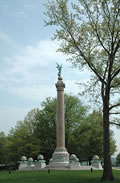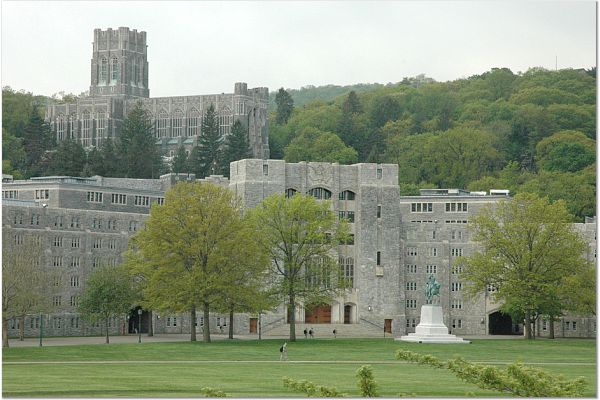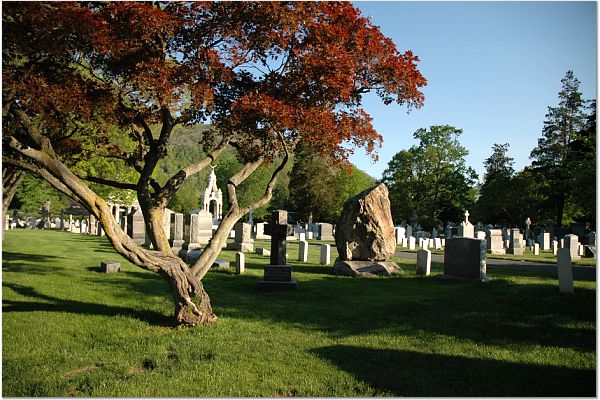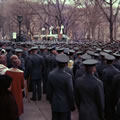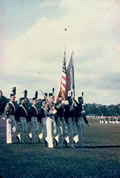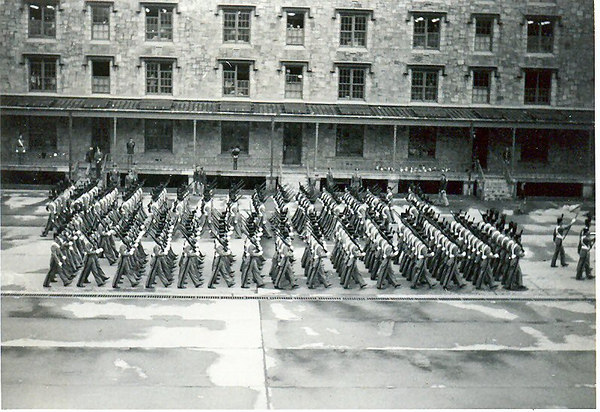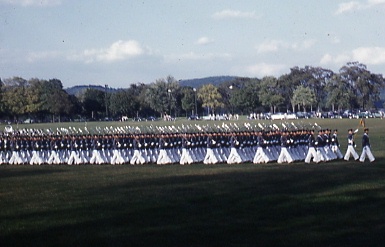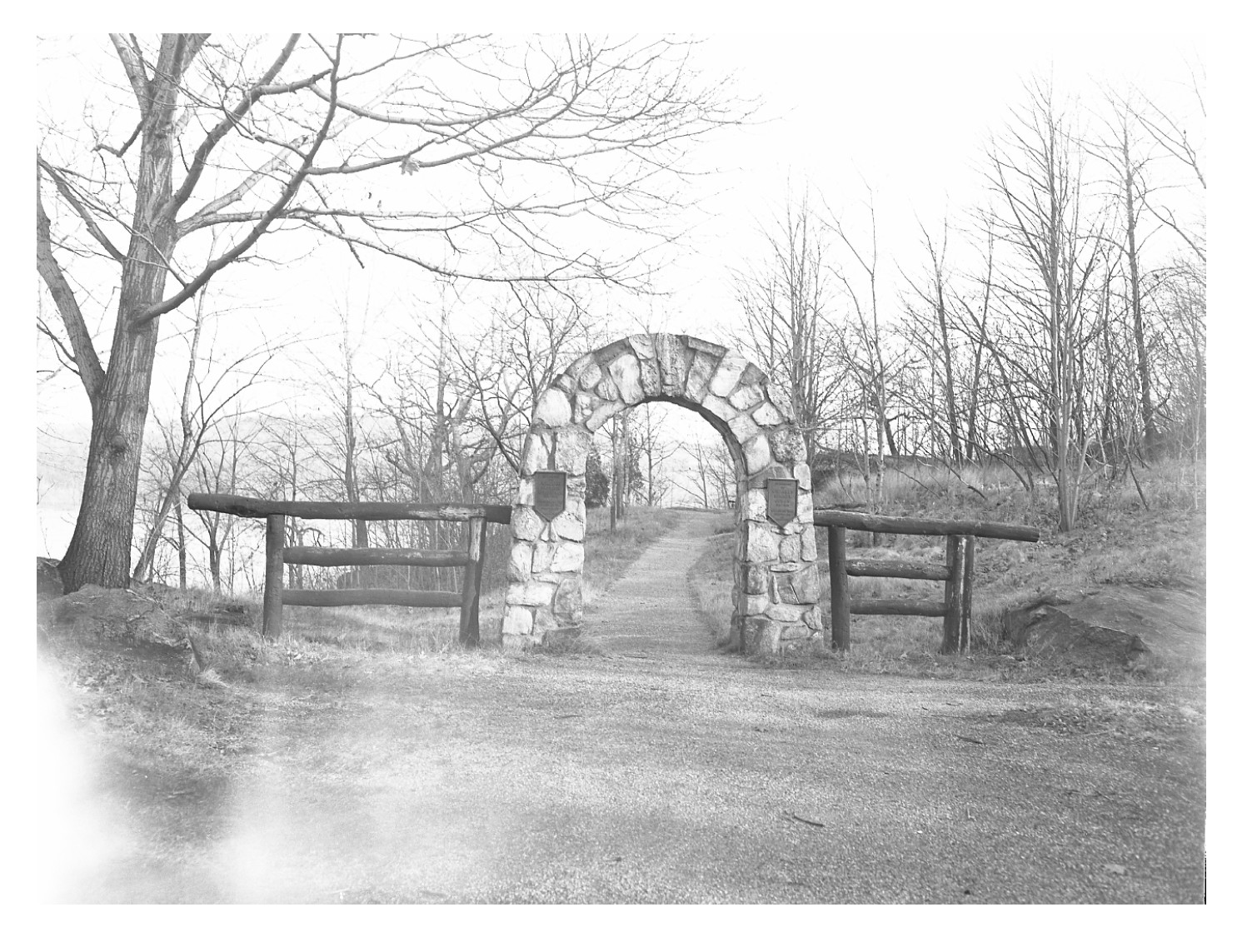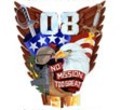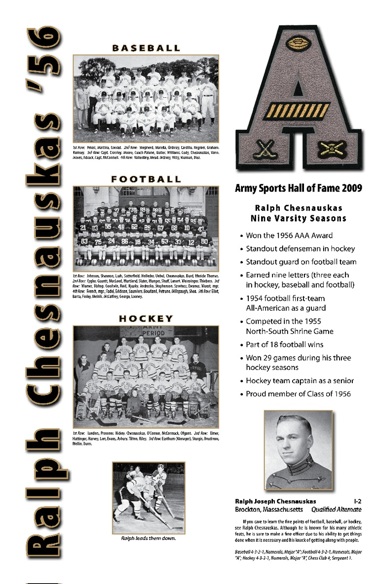Bob Anderson as an Army Back
PAGE 12
Army's Guided Missile
Coach Earl Blaik
By Kevin Hynes
"Tim Cohane, LOOK Magazines Sports Editor, says Army's Bob Anderson is the finest
sophomore to hit the collegiate football horizon since Red Grange ran wild in his first year at
Illinois". -- Los Angeles Times, Sports Editor Paul Zimmerman's column, November 20, 1957.
"Bob Anderson is the greatest player West Point has had since Glenn Davis." --Earl Blaik to
Stanley Woodward, Editor, Dell Magazine Football Preview, August, 1959
The consensus preseason favorite for the 1959 Heisman Trophy, judging from the contemporary
reportage, was Army halfback Bob Anderson. The competition was very formidable. LSU
halfback Billy Cannon possessed an unprecedented blend of power (208 pounds) and 9.5 speed,
while the charismatic SMU QB, Don Meredith, was merely the most
accurate passer college football had ever seen. But Anderson was
expected to become the first three-time All-American back since Doak
Walker and thus join a very exclusive club otherwise consisting of
(modern era) Doc Blanchard, Glenn Davis, Chris Cagle and Red
Grange.
While this great player has seemingly been forgotten for years, at last
he is being recognized again as he has been elected to the College
Football Hall of Fame with the class of 2004. As well see, he was
quite possibly the nation's dominant offensive force in his spectacular
1957 debut And while overshadowed in 1958 by the big play brilliance
of teammate Pete Dawkins, the Heisman Trophy winner, Coach Earl
"Red" Blaik insisted that Anderson was even more valuable than he'd
been the year before.
Army produced 14 All Americans between 1947 and Blaik's retirement
in 1958, and others made their AA mark elsewhere after transferring
in the wake of the 1951 cribbing scandals. "Lonely End" Bill Carpenter,
Anderson's classmate, joined this roster in 1959. Carpenter,
incidentally, has been in the College Football Hall of Fame since 1982;
Pete Dawkins since 1975. Don Holleder (Army 1953-55) was inducted
in 1985. None of them started as sophomores, simply because Blaik
just didn't believe in playing a "yearling" Ó unless someone really
extraordinary came along.
Bob Anderson, New Jersey-born on March 31,1938, won 15 letters in four sports at Cocoa, Florida
H.S., and, unlike most West Point football players, was a widely sought after blue chipper who
nearly went to powerhouse Georgia Tech. In his plebe year he played football and basketball
and was the leading hitter for the baseball team. When he joined the Army football varsity in
1957 the Black Knights were coming off a 5-3-1 season and Blaik was concerned about his
defense, depth (a perennial problem) and an inexperienced line. The quarterback position, a thorn
in the Cadets' side since Pete Vann's graduation, at least had an experienced operative in Dave
Bourland but passing would be largely avoided The Cadets ran out of a tight "T" and their game
was speed.
During spring training Blaik and his staff immediately saw the potential in two untried
halfbacks. This is Blaik's introduction of Anderson in his autobiography (1960): "Anderson, 19,
�
PAGE 13
six feet 2, 205, from Cocoa, Florida, was the best all-around football player at the Academy since
Blanchard and Davis. While his classic naturalness in every phase of play delighted the
connoisseur, Anderson was most exciting as a runner. He had power that blasted through and
over tacklers, speed that could outstay pursuit, and a flavor of king-size niftiness... He did
everything well, running, blocking, tackling, passing, catching passes, defending against them,
punting. He was also one of the most self effacing and selfless team players I ever encountered."
Joining Anderson at right half would be Pete Dawkins, a non-lettering junior who was making
a successful switch from quarterback A relatively late bloomer athletically, still more known
for his astounding off the field record in the classroom and as a student leader, he nevertheless
was rapidly adding size (six foot one, 195 pounds) and speed. While never the blocker or defender
that Anderson was, he demonstrated rare talent as a runner and receiver.
The 1957 season opened with a visit by Nebraska. These were the doldrum years for the
Cornhuskers (1-9) and they gave little opposition to Army, which raced to a 28-0 halftime lead.
The Associated Press reporter noted that "Bob Anderson, a 200 pound sophomore speedster,
looked particularly impressive." It took him just two minutes to score the Cadets' first touchdown
of the year, a four yard run set up by his 27-yard burst. Reserves built the final score to 42-0 as
Army ran off a mind-boggling 89 plays.
The next week a record Penn State crowd of 32,660 rooted for a first-ever victory by their
Nittany Lions (6-3) over the Cadets but Army scored on third quarter TD marches of 71, 66 and
40 yards to win 27-13. Anderson had tied the game with a second period TD, but again sat out
most of the second half, this time with an injury. Dave Bourland was the game's standout
performer with his ball handling, running, and some timely passing.
It was here that Anderson took off: in the next six games alone he rushed for 837 yards; a top
five figure for that entire season.
The explosion was against Notre Dame in the most publicized regular season game in years: the
schools hadn't met since 1947 when (Weyand) "the sports world was shaken by an announcement
that the most famous athletic event of all time, the Army-Notre Dame series, would be
discontinued." Philadelphia's huge Memorial Stadium would host the first rematch in a decade
between two powerful teams whose respective programs were clearly back on the rise. The
unbeaten and unscored upon Irish were big, fast and deep with three All Americans-to-be (Guard
Al Ecuyer, fullback Nick Pietrosante, end Monte Stickles,) plus future pros like Bronco Nagurski
Jr., Dick Lynch and soph QB George Izo (second pick in the '59 NFL draft) who backed up all
star candidate Bob Williams. The Irish would later crush SMU 54-21 and USC 40-12, and most
importantly, snap the Oklahoma Sooners 47-game winning streak, 7-0, in Norman.
The game drew 95,000 fans and was televised nationally. Amazingly, it surpassed expectations.
From the AP's breathless report: "The viewers were treated to a staccato succession of thrills
which shaded even the memories of Chris Cagle, Doc Blanchard and Glenn Davis of Army and
the fabled Four Horsemen of Notre Dame. Bob Anderson, a long legged 19 year old, lit the fuse
in the opening 3 minutes of play with an 81 yard TD run on a pitchout. The fleet halfback
constantly was ripping off long gains and catching passes to confuse the Notre Dame defense."
On the described play, Army's second from scrimmage, Anderson broke a tackle inside right end,
cut back sharply, then eluded the safety with a crossover step that left the defender literally
sitting on the ground; an "ankle breaker." From there he easily outran future All-Pro Dick Lynch
to score the longest run from scrimmage in the history of the storied series.
Notre Dame managed to tie the game before the half on a Pietrosante plunge that capped an 80
�
PAGE 14
yard drive. The third quarter saw Army go up 21-7 on 72 and 81 yard scoring marches, including
Anderson's second TD. But in the fourth quarter Pietrosante broke free from a pileup at the
scrimmage line for a 65-yard TD. Notre Dame then cut the margin to 21-20 with a 56-yard drive
with Lynch carrying the last seven plays, all behind Ecuyer. Stickles was temporarily the goat
after his PAT miss. But when an Army screen pass was deflected and dropped straight into the
arms of Pietrosante, who was sprawled on his back after being soundly blocked, the Irish were
in luck. Stickles' 23-yard field goal won the game, 23-21.
Earl Blaik called this defeat "the hardest I had to take in 25 years as a head coach," yet Army,
which outgained Notre Dame 386-335, moved up to #8 in the polls. And Bob Anderson was
propelled into the national limelight; he really wasn't stopped all day, finishing with 186 yards
rushing on 15 carries and well over 200 all purpose yards.
Next was a typically rugged Pittsburgh squad that many felt played the toughest schedule in
the country. They'd lost their opener to Oklahoma
-- no disgrace there -- but were now 3-1, with wins
over USC and Nebraska (34-0). Anderson and Pitt
passing ace Ivan Toncic traded touchdowns in the
first half. The game turned on a 17-play (16 runs)
83-yard march, which Anderson (20 carries for 96
yards) capped with another score. Then he made
two fourth quarter interceptions to set up a
touchdown and a field goal as Army pulled away to
win 29-13. Afterwards the "usually taciturn" Blaik
told The Sporting News, "Anderson is the best
sophomore back I've seen since Glenn Davis."
Stanley Woodward would add, "the Colonel is no
man to rate a football player merely on his ability
as a runner."
The next week the Cadets were two touchdown
favorites over what proved to be a 3-6-1 Virginia
squad. But the game was played in Charlottesville
and the Cavaliers had some weapons, especially All-
BOB ANDERSON American fullback Jim Bahktaier (a top-10 rusher
nationally all three seasons) and 9.6 halfback
speedster Ulmo "Sonny" Randle. Indeed, the Cadets
found their hands very full. Anderson scored early in the game on a short run, but the Cadets
were trailing 12-7 as the fourth quarter began. At this point, (AP): "Army hitched its offense to
the flying feet of Bob Anderson" as they marched 94 yards for the winning score. He completed
the drive with a 16-yard TD catch from Bourland, who then hooked up with Dawkins in the final
minute for a 20-12 victory. Anderson ran for 100 yards as the Cadets held a narrow 319-296
margin in total offense.
The next contest, versus Colgate (3-6), was mostly notable for the attendance of the former West
Point halfback, President Dwight Eisenhower. The long series had produced an amazing 55-48
Army triumph in 1956 (Princess Grace and Prince Ranier viewed that one), but this year's game
was a mismatch. Anderson only carried eight times as Blaik went to the bench early, yet still
picked up 96 yards and added two more scores. Despite numerous fumbles the Cadets converted
578 yards and 31 first downs into a 53-7 victory.
Then Utah visited Michie Stadium. The colorful Redskins threw out of a pro-set featuring Lee
�
PAGE 15
Grosscup, who had broken several of the fabled Ronnie Knox's passing records as a prep All-
American in Santa Monica, CA. A college All American this year (thanks in no small part to this
contest) he entered the game having completed 72% of his passes as the high scoring Utes (6-4)
would eventually win the national passing title. The game promised to be one of the Cadets most
exciting of the year. That it was is something of an understatement.
From the AP headline: "Lee Grosscup, Utah's amazing passer from Santa Monica, CA, befuddled
the Army defense today but Bob Anderson's superb running and Army's all around strength
proved a bit too much for the Redskins... Anderson, Army's elusive sophomore, scored three
touchdowns and threw a great running pass for a fourth."
Army took an early 14-0 lead behind two Anderson touchdowns, but Utah roared back with long
returns and through the air. At 13:36 of the third quarter, with Army ahead 20-14, Anderson
broke through the right side of the Utah line, sidestepped two tacklers and outran halfback Don
McGivney to the goal line on a "thrilling" 54-yard dash.
After Utah immediately cut the margin to 26-20, Army drove 65 yards on eight plays behind
Dawkins (80 yards on 13 carries) and Anderson, whose seven-yard, off-balance TD throw to Bill
Graff raised the score to 33-20. Utah answered with a three play TD march featuring a 53-yard
pass play. By now the crowd was delirious, but "with Anderson in charge" Army marched 72
yards on 12 plays to take a 39-27 lead with one minute of play remaining. Which was enough
time for Grosscup to hit all-time NFL great Larry Wilson with another scoring toss as the gun
went off. Final score: 39-33.
Anderson had rushed for 214 yards on 30 carries and accounted for four touchdowns. Grosscup
finished up 14 for 26 for 316 yards and two TD passes. In a post-season AP writers poll this
contest was voted the second best of the 1957 season, trailing only the Notre Dame-Oklahoma
shocker, with Anderson and Grosscup splitting votes for the outstanding performance.
Few felt that the Black Knights would be tested by their next foe, a 2-8 Tulane team, even
traveling to New Orleans. But, as in the road trip to Virginia, the Cadets had to play catchup.
Again, the AP lead: "Bob Anderson, the nation's leading scorer, led Army to a 20-14 come-frombehind victory over underdog Tulane, as the 200 pound sophomore broke Glenn Davis' record
for rushing yardage with 145 yards to boost his season total to 965."
The game was nip and tuck all the way as the Army passing game fell completely apart (1 for
12). The Green Wave held a 14-13 lead in the fourth quarter following a 61-yard run by Boo
Mason (Tommy's older brother) and a 66-yard punt return from QB Richie Pettibon. With less
than five minutes remaining Army faced fourth and two at their own 26. Here, said Blaik, there
commenced "the greatest display" he ever saw at Army. "They (Anderson and Dawkins) went 74
yards on their own strength, with the team losing, the line crumbling and time running out." It
was mostly Anderson; he got the clutch call and fought ten yards over guard. Dawkins went 21
through traffic on a reverse. Then it was Anderson off-tackle for 30, FB Vic Barta for three, and
Anderson sweeping end for the final ten yards, his 14th touchdown of the year. At the game's
end Anderson (NY Times) "leaped high to bat down a Tulane pass in the end zone," deflecting
the ball into Dawkins' hands for the touchback. Army was now 7-1
Dawkins, entering with 437 yards, had carried 26 for 165 (career highs), so the halfbacks
combined for 310 yards. They'd scored 25 of the Cadets 37 touchdowns and Anderson's 965 yard,
142 carry count was two yards shy of NCAA leader Leon Burton of Arizona State. (Border
Conference members provided eight rushing champs between 1954 and 1962.)
�
PAGE 16
Following the traditional bye and preparation week, it was a return to Memorial Stadium -- and
a crowd of 101,000 rain drenched fans -- to meet Navy, ranked #7 with a 7-1-1 record thus far.
The Middies featured an extremely mobile line and two All Americans, quarterback Tom
Forrestal and big junior tackle-linebacker Bob Reifsnyder. They also would have back the
services of their captain, HB Ned Oldham, a versatile three-year standout who'd been injured for
a month.
Army led the nation in rushing and ranked second in scoring and total offense. Navy was second
in total defense. Something would have to give -- it turned out to be Anderson's knee, followed
by the Army attack. He'd been withheld from contact drills to protect the already "severely
strained" knee. Now, on the first play, it was reinjured. Moreover, Navy unveiled a new gap
defense, with linemen and linebackers jumping in and out of the line right up to the snap. The
pass was virtually ignored. Army was limited to seven first downs (to Navy's 15) and outgained
237 to 136. Dawkins took over the main rushing chores, picking up 63 of the team's 88 yards in
17 carries. From Blaik: "Anderson was held to 18 yards on 11 carries. Dawkins felt the pressure
of his first Navy game as a regular and mussed up several assignments, one of them causing a
fumble on their nine, after a 60 yard drive with Dawkins doing most of the gaining, helped by
Anderson's heavy blocking." Ned Oldham stole the show, scoring all the points in a 14-0 win.
The Midshipmen later routed Rice 20-7 in the Cotton Bowl.
Despite the disappointing finale, Anderson had produced an extraordinary season. His 983 yards
ranked third nationally and would be surpassed only once more this decade. Ahead of him in 1957
were the 9.5 sprinter Burton (1,126 plus 16 TDs to top scoring) and Colorado's Single Wing
tailback Bob Stransky (183 carries for 1,097), both 10 game performers. Army, of course, played
a nine game schedule.
Anderson joined Illinois' J.C. Caroline (1953) as the only consensus sophomore All-Americans since
Doak Walker (1947). There wouldn't be another first-year back chosen until freshman Tony
Dorsett broke through in 1973. Caroline slumped as a junior before flunking out and playing the
1955 season in Canada, and he's been in the College Football Hall of Fame since 1980. 1950's non-
consensus choice, Bobby Reynolds, whose Nebraska career was essentially ruined by injuries
after a stunning debut, was inducted in 1984. Yet ahead for Bob Anderson, Pete Dawkins, and the
rest of the Cadets was the 1958 season, the year of "The Lonely End."
�
|
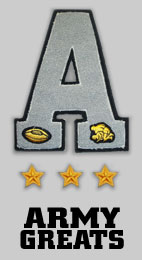
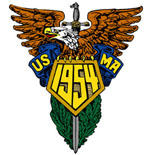
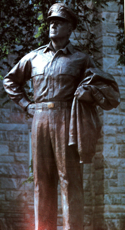 General MacArthur stated it would take
General MacArthur stated it would take 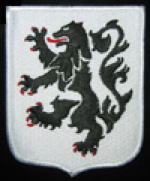 28th Infantry Regiment
28th Infantry Regiment 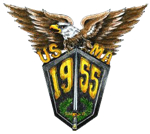
 They played perhaps Army's Greatest Game.
They played perhaps Army's Greatest Game.
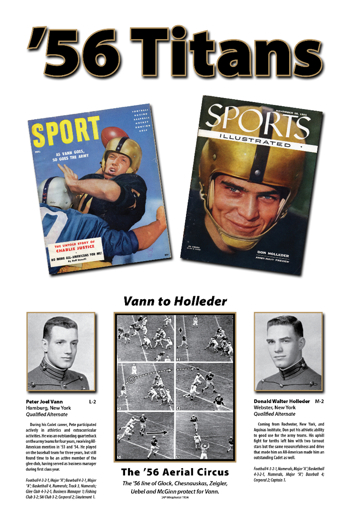
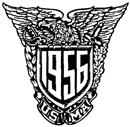


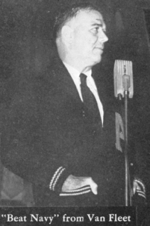

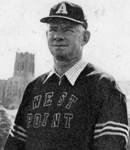


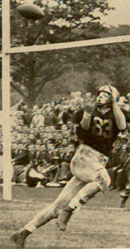
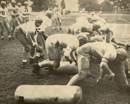
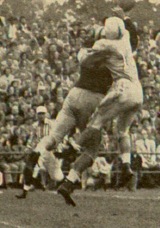
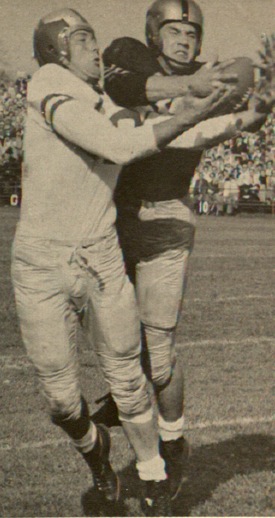
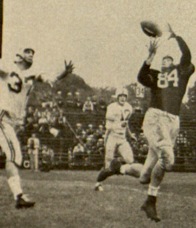
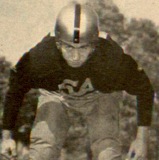
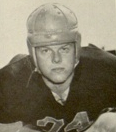
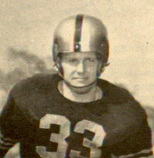
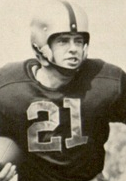
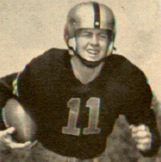
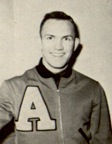
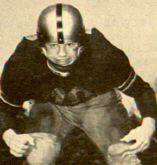
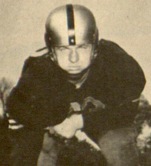
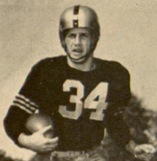
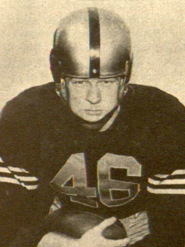
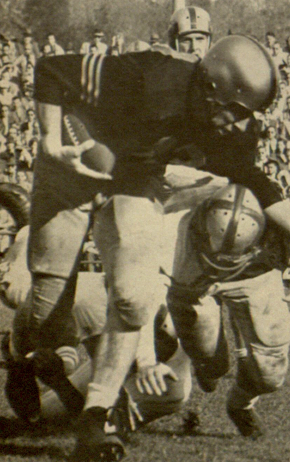

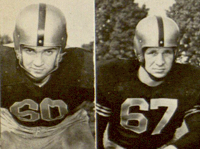
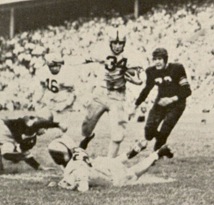
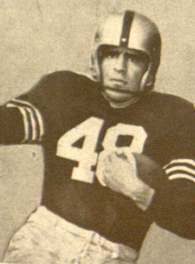
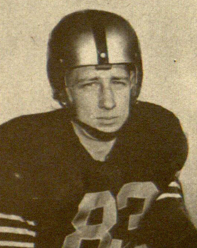


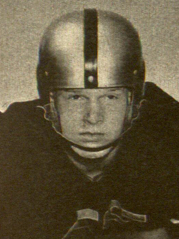
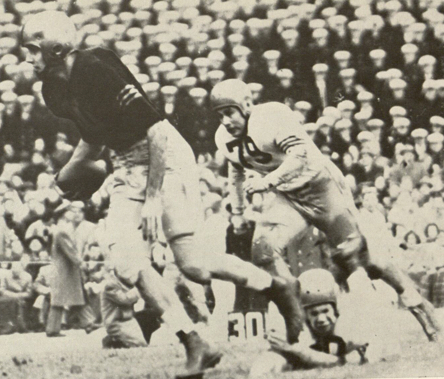
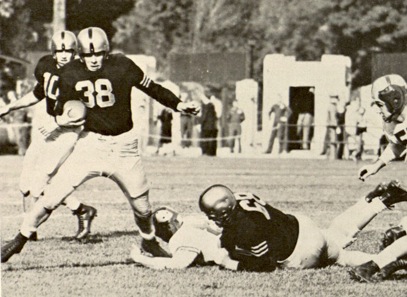
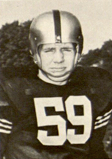
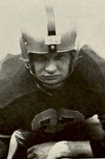
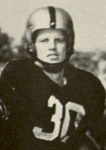
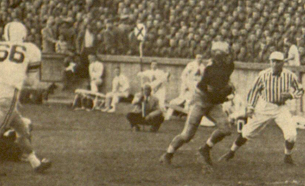
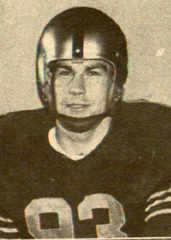
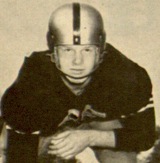



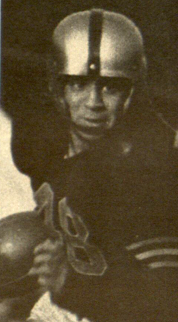
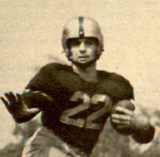
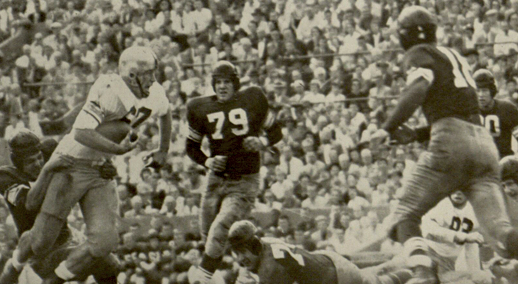

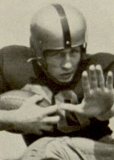

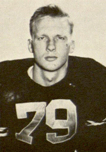

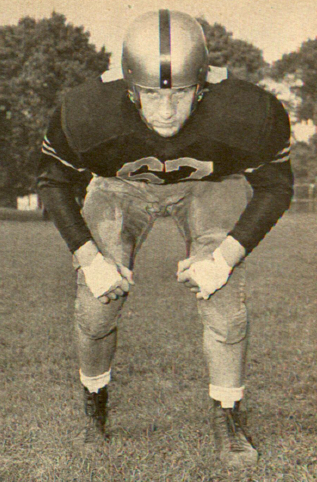
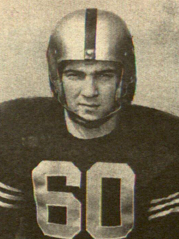

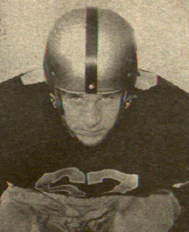


 General MacArthur stated it would take
General MacArthur stated it would take 


 28th Infantry Regiment
28th Infantry Regiment  They played perhaps Army's Greatest Game.
They played perhaps Army's Greatest Game.




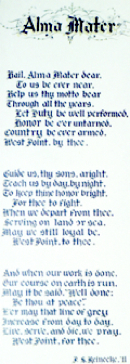
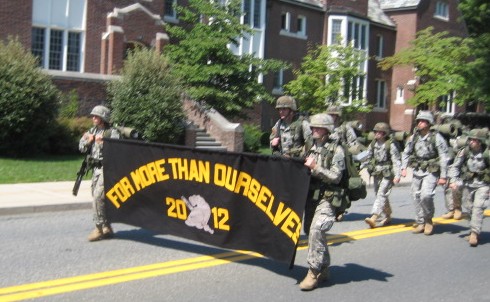
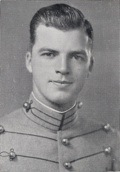


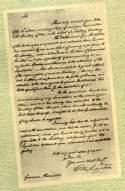



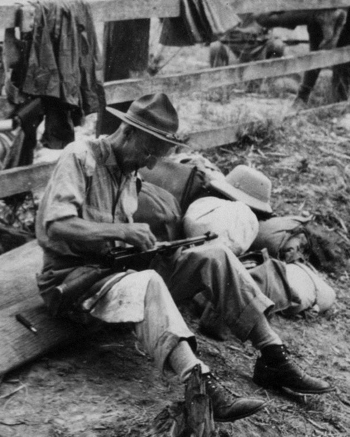
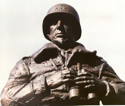
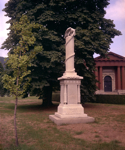
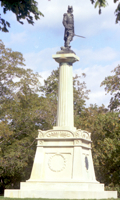
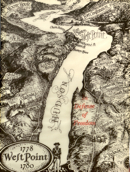
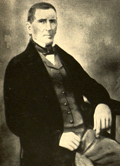

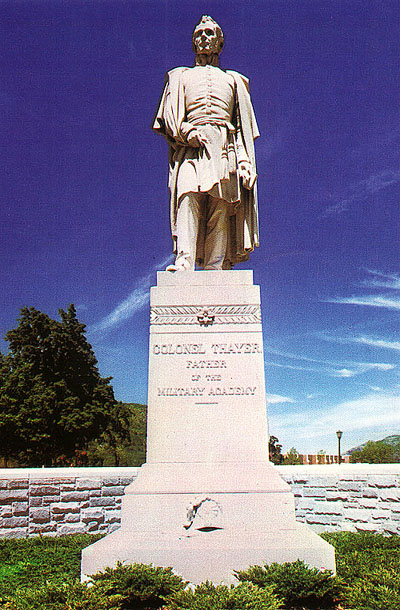
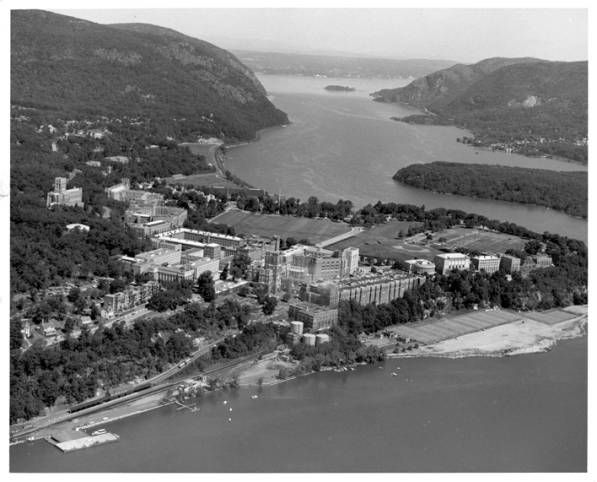

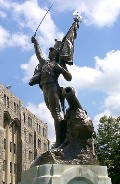




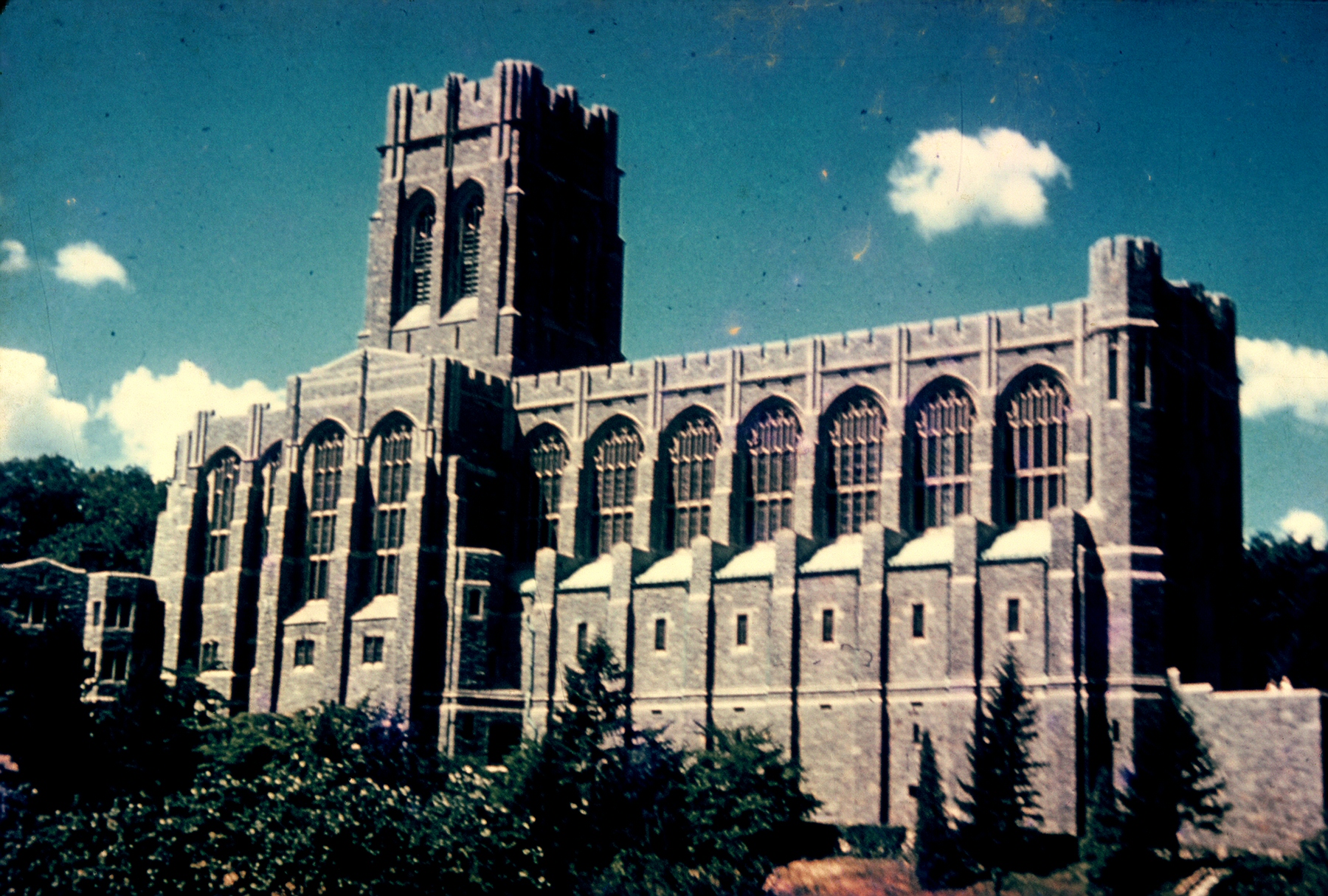






 Cadet Barracks
Cadet Barracks



